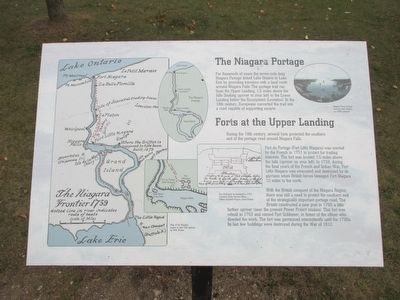Welcome to the Zoar Historic District, a place where history whispers through the quaint streets of an Ohio village established in the early 19th century. Founded in 1817 by a group of German Separatists seeking religious freedom, Zoar stands as a testament to community resilience and self-sufficiency. These settlers, led by Joseph Michael Bimeler, fled religious persecution in Europe and came to America in search of peace and autonomy. Upon their arrival, they purchased 5,000 acres of land in the Tuscarawas Valley and began to build a new life.
The community thrived on principles of communal living, with all property shared among its members. This unique social structure allowed the Zoarites to successfully navigate the challenges of frontier life. In the early years, they engaged in agriculture, crafts, and trades, becoming particularly known for their high-quality woolens and linens.
One of the most notable events in Zoar’s history was its role in the construction of the Ohio and Erie Canal in the 1820s. The community’s labor was instrumental in completing this crucial waterway, which boosted their economy and connected them to broader markets.
As you explore Zoar, you’ll encounter well-preserved buildings that echo the past, like the Number One House, where Bimeler lived, and the Zoar Hotel, which hosted travelers and notable figures of the time. The town’s layout reflects its German roots, with organized communal gardens and orchards that remain a focal point of the village.
By the late 19th century, however, the communal experiment began to falter, and in 1898, the community voted to dissolve the Society of Separatists. Despite this change, Zoar’s historical significance endures, offering a rare glimpse into a utopian society that once flourished in rural Ohio.


